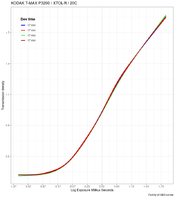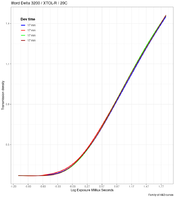When I shot TMY 4x5 and 8x10, I developed it mainly in Xtol 1+1. I also developed them in Pyrocat-HD. TMY took on a very special look/feel in semi-stand, slightly more dilute Pyrocat-HD.
How does PyrocatHD act on the emulsion, is it more of a developer for special circumstances......sounds like some use as general purpose.
Last edited:








